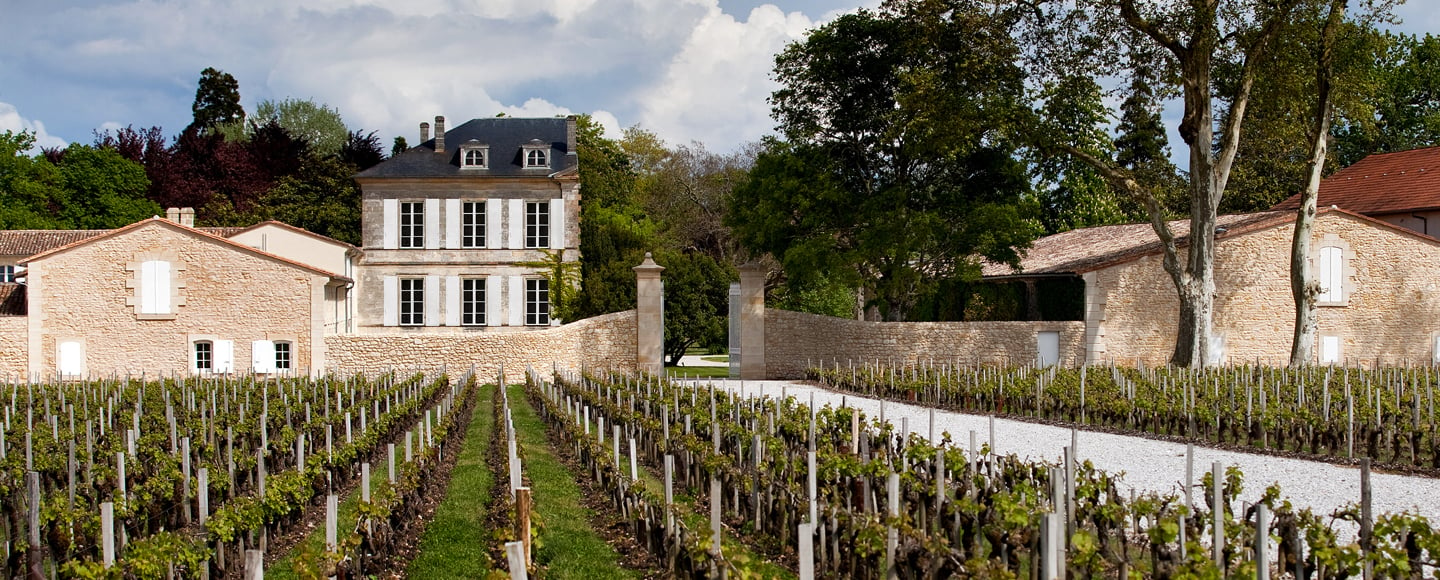Powerful
A local register mentions the existence of two brothers, Dominique et Guilhem Armailhacq, who own plots of land in Pauillac. Another register mentions in 1750 a certain Dominique Armailhac, who "planted with vines" the family estate, taking advantage of the "planting frenzy" then sweeping the Médoc. The vines then covered 15 to 16 hectares (37-39 acres). serious professionalization began around 1830 using techniques such as topping up, draining, disinfection of barrels and clarification, the quality of Mouton d'Armailhacq improved considerably, to the extent that its wines sell twice as much as neighboring wines. The "first wine", the only one allowed to bear the name of the Cahteau, is distinguished from the "second wine", which is less rich and for consumption and was sold in local taverns. The Count of Ferrand founded a company, the Société Anonyme du Domaine de Mouton d'Armailhacq. The young baron Philippe de Rothschild becomes a minority shareholder and in 1933 acquires all the shares in exchange for an annuity for the Count of Ferrand. A year later, after his death, Baron Philippe becomes the actual owner of the estate. Mouton d'Armailhacq's portfolio includes Société Vinicole de Pauillac, predecessor of what is now Baron Philippe de Rothschild SA. In 1989, Baroness Philippine decides to return the original identity to Mouton d'Armailhacq, and gives it the name Château d'Armailhac.
A classified growth from 1855 under the name Mouton d'Armailhacq, the vineyard of Château d'Armailhac covers 70 hectares in the northern part of Pauillac. An extension of the Carruades de Mouton plateau, the Plateau des Levantines et de l'Obélisque, which consists of light and very deep gravelly soil, is the favored terroir of Cabernet grapes. The deep gravelly soil of the Plateau de Pibran rests on a clay-limestone base, which gives the wines of Château d'Armailhac their characteristic refinement and elegance. The light gravel bottom of the Croupe de Béhéré is up to three meters deep.
The vineyard is planted with traditional Médoc grape varieties (52% Cabernet Sauvignon, 36% Merlot, 10% Cabernet Franc, 2% Petit Verdot) on rootstocks best suited to the soil (usually Riparia-Gloire). The average age of the vineyard is 46 years, but almost 20% of the total area dates back to 1890. The plantation density is high at 10,000 vines per hectare: Château d'Armailhac preserves the old methods to ensure quality.
The current vineyard cru of 72ha belongs to Ch. Mouton Rothschild and it is the same team that takes care of the vinification under the direction of Mr Philippe Dhalluin. The very high-quality terroir consists of 80% of a ridge rich in stone (just like the neighbors Ch. Mouton Rothschild and Ch. Pontet Canet). After all, the mother house does everything it can to keep the quality as high as possible. The wine has had a very nice constitution and very nice volume in recent years. The price remains affordable, especially compared to Mouton







